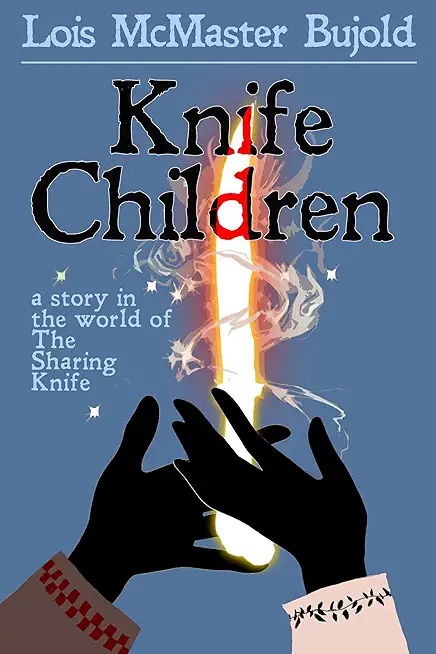
A Pygmalionesque transformation, but in reverse: from woman into work of art.
Freelance journalist Andromeda Chamberlain is offered an assignment: find out what became of a teenage runaway, Margot Vaughn, ten years after the girl went missing. The offer is made not by an editor but a lawyer, one whose client's identity remains confidential. The terms, although generous, come with some strange conditions, including the requirement that she wear a Tiffany collar for the duration of the assignment.
Andromeda discovers that soon after leaving home Margot appeared in an obscure French art-house film, a reenactment of the Dionysian rites as depicted on the walls of the Villa dei Misteri in Pompeii, and the result was a movie as vivid as the murals that inspired them. The trail leads to LA and the Mulholland Drive mansion of the distributor, then the production offices in Paris and the Loire Valley château that was used as the setting for the film.
The key to uncovering what became of Margot Vaughn lies with the film's director, Orlando Gidding, notoriously demanding and megalomaniacal, unknown at the time of Margot's movie but now famous - or infamous, depending on your point of view. He is currently holed up in his lair in Venice, completing the editing of his latest movie, a film based on the Faust legend and by far the most ambitious and costly of his works. Gidding is about to enter it into competition at Cannes, and he has no intention of allowing Andromeda's discovery that he once made a graphic film with an underage star to spoil his chances.
The conflict comes to a head among the ruins of Rothermore Abbey, located on a rocky crag off the coast of Scotland, and the Gothic setting of Gidding's Faust.
A novel of transformation, Andromeda Graphika tells the tale of a woman's metamorphosis: part dark ritual; part depraved rite; part dreamlike revelation.
www.RobertBraceAuthor.com
member goods
listens & views

SW CHAMBER MUSIC COMPOSER PORTRAIT: ...
by FELCIANO / BRYN-JULSON / STONE / FOSCHIA / SCHMIDT
COMPACT DISC$17.75






